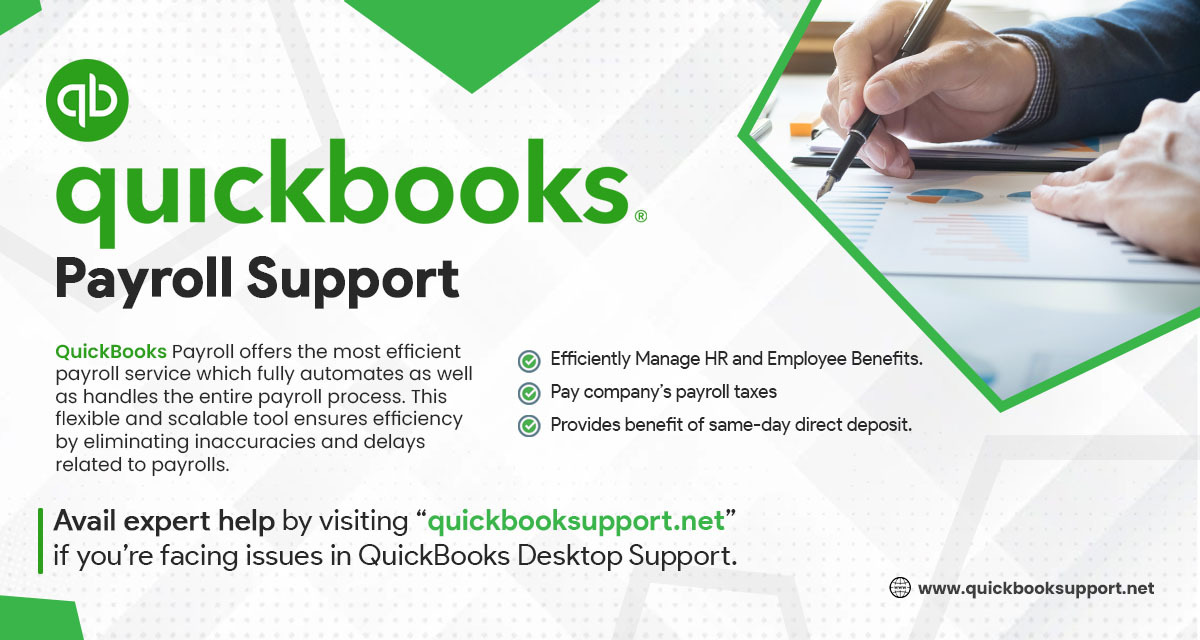Adding a new company to your payroll subscription can streamline payroll management across multiple businesses. Whether you’re managing multiple clients or have expanded your business operations, it’s crucial to understand the process of integrating a new company smoothly into your existing payroll system.
This article will guide you through the necessary steps.
Why Adding a New Company to Your Payroll Matters
Managing multiple companies under a single payroll subscription offers several benefits:
- Cost-Efficiency: Instead of maintaining separate payroll subscriptions for each company, a consolidated payroll system helps in reducing costs.
- Simplified Management: Track payroll for multiple entities within a single platform, allowing for easy access and management.
- Consistency: Apply the same payroll rules, compliance policies, and tax regulations across all companies under your purview.
Step-by-Step Guide to Add a New Company
1. Verify Your Payroll Subscription Plan
Before adding a new company, check your current payroll subscription plan. Some payroll services may limit the number of companies or employees you can manage. If necessary, upgrade your plan to accommodate additional companies.
2. Gather Required Company Information
Ensure that you have all the necessary details of the new company ready before adding it to your payroll subscription. This information usually includes:
- Company name and address
- Employer Identification Number (EIN)
- Bank account details for direct deposit
- State and local tax details
- Employee information (if available)
3. Log into Your Payroll Software
Access your payroll software account to begin the process. Different payroll systems may have slightly varied interfaces, but the general process remains similar.
4. Navigate to the Company Management Section
Once logged in, go to the section dedicated to company management. This may be labeled as “Add Company,” “Manage Companies,” or something similar depending on the software you use.
5. Add the New Company
- Select “Add New Company” or a similar option.
- Input the company’s basic information, such as company name, address, and tax details.
- Configure any specific settings related to the company, such as payroll frequency, tax withholding settings, and benefits information.
6. Set Up Payroll Details for the New Company
Next, you’ll need to configure payroll settings for the new company:
- Bank Account Setup: Link the company’s bank account to facilitate direct deposits or other forms of payment to employees.
- Employee Setup: Add employee information, including job titles, salary, benefits, tax withholding, and more.
- Payroll Schedule: Set the frequency of payroll (weekly, biweekly, monthly, etc.).
7. Review Tax Information and Compliance
Double-check that all state, federal, and local tax regulations for the new company are configured correctly. It’s important to ensure compliance with payroll taxes, unemployment insurance, and any other mandated withholdings.
8. Integrate Benefits and Other Deductions
If the company offers benefits such as health insurance or retirement plans, configure those options as well. Payroll deductions should be properly accounted for to ensure seamless paycheck processing.
9. Run a Test Payroll
Before running the first official payroll, it’s advisable to do a test run. This will help you verify that all employee payments, tax deductions, and benefits are calculated accurately.
10. Activate the Company for Payroll Processing
Once everything is set up and verified, activate the new company within your payroll system. Depending on your software, this may involve confirming a few more details.
Conclusion
Adding a new company to your payroll subscription is a straightforward process, but accuracy is crucial. By following the above steps, you can ensure smooth and compliant payroll processing for all companies under your management. If you are running Quickbooks accounting software and facing payroll related issues or other tech issues connect Quickbooks Payroll Helpline Support Most payroll platforms offer robust support and guidance for multi-company setups, so don’t hesitate to reach out to their customer service if you encounter issues.



